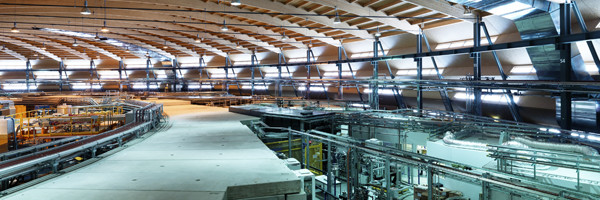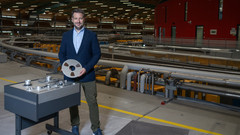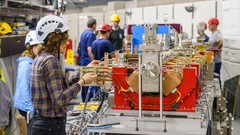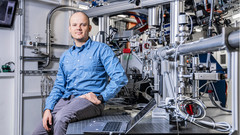Swiss Light Source - SLS

The Swiss Light Source SLS has been in operation since 2001. This large research facility, which is unique in Switzerland, is currently being upgraded to keep pace with the latest developments in science, technology, engineering and data processing.
Following the modernisation project, called SLS 2.0, novel research and more precise investigations will be possible at the SLS. With this technical overhaul, SLS will remain in the top tier in comparison with other international synchrotron light sources. The project is being funded as part of the ERI Dispatch 2021-2024 programme.
Current operation status
Latest Scientific Highlights and News
Rescuing music with X-rays
SLS plays the King of the Blues – B.B. King! In collaboration with the Montreux Jazz Digital Project, historic audio tapes are being digitised at PSI.
What will the SLS 2.0 upgrade mean for experiments?
Tighter beams, brighter light and extended photon energies open new experimental possibilities.
Making powerful lithium-air batteries suitable for everyday use
Chemical processes in lithium-air batteries revealed using neutron beams and synchrotron light.


